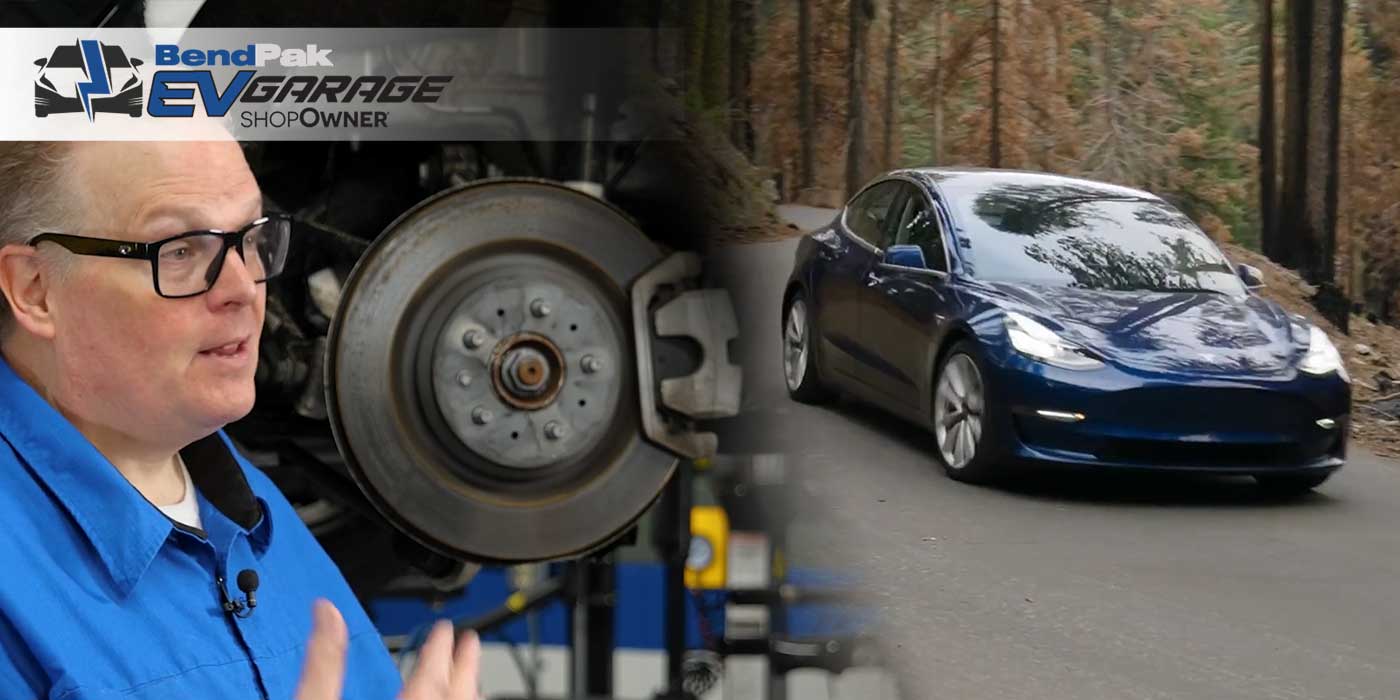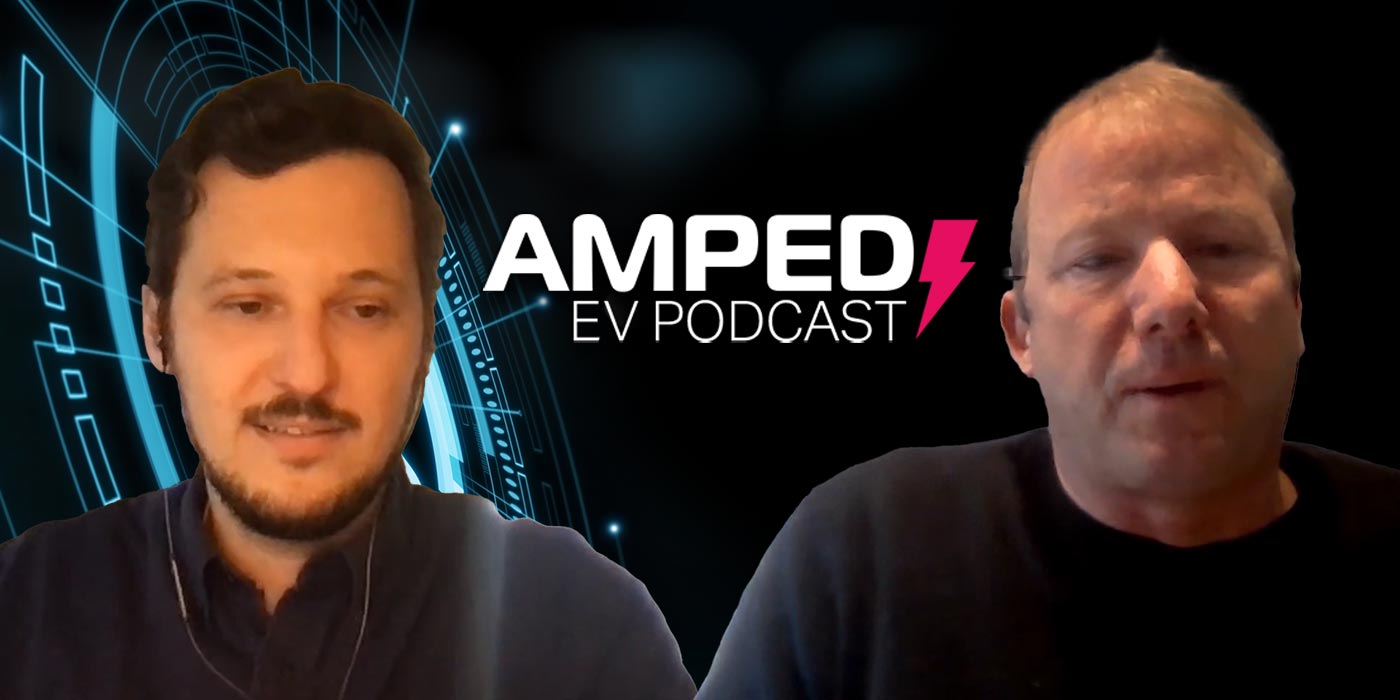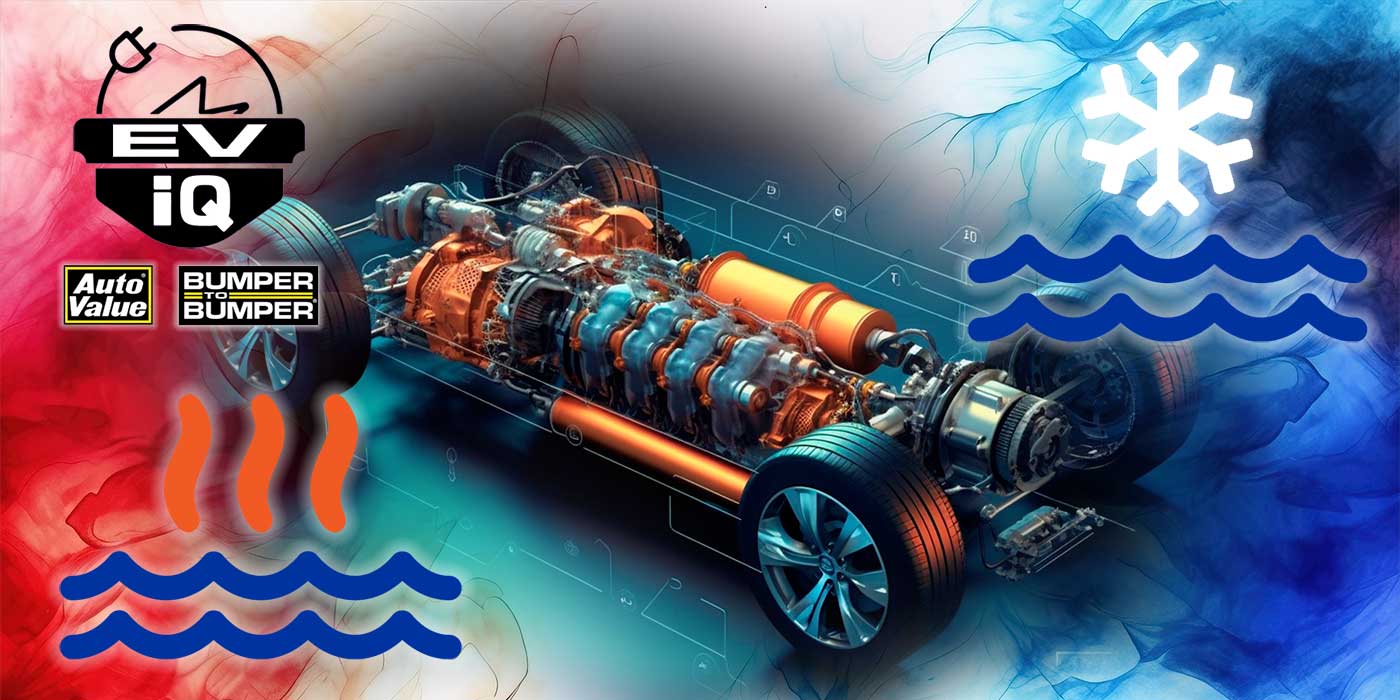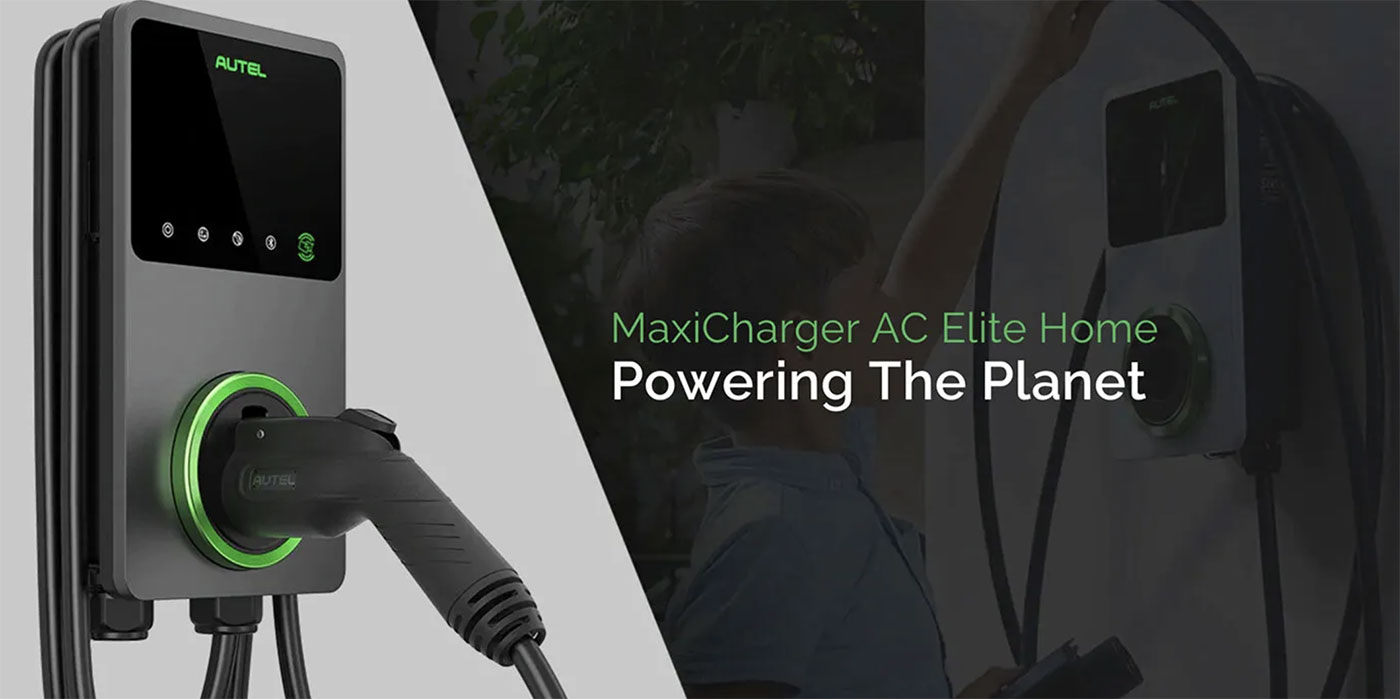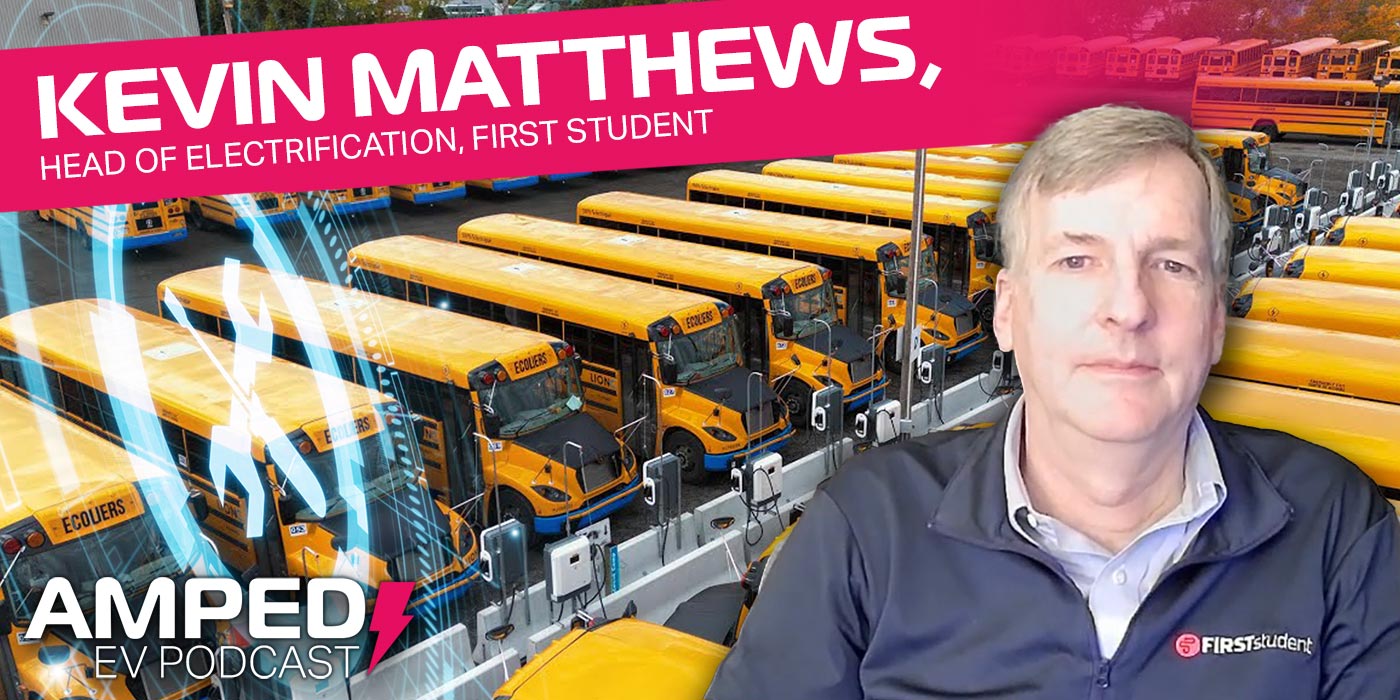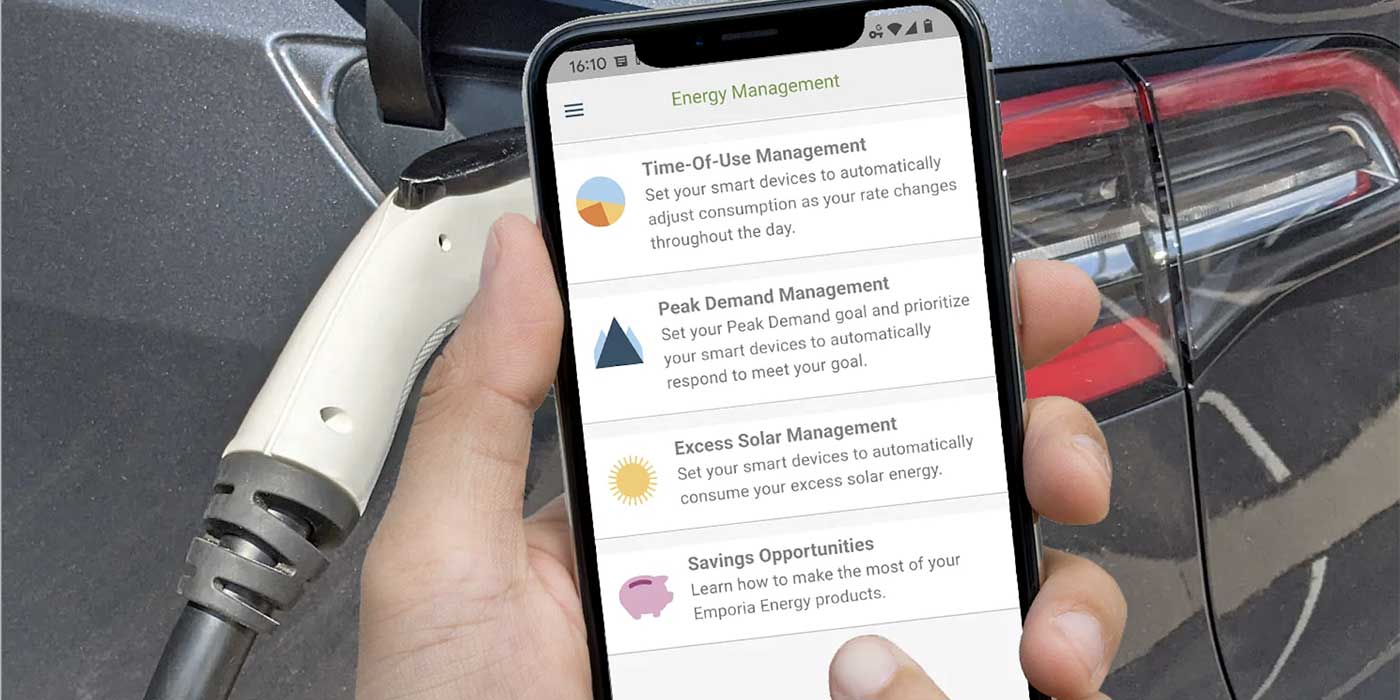Public charging can be a fantastic and necessary commodity for EV owners, but oftentimes, there’s a problem with the way charging infrastructure is installed. Maybe it was deployed in an area that doesn’t make much sense, or the charging software is malfunctioning. Maybe it isn’t well-lit. Maybe there isn’t any security in the area for the EV driver. Plus, the driver is there for a while – wouldn’t it be great if there was a snack or, even better, a restroom?
BP Pulse has noticed this too, saying “there has got to be a better way!” As a result, the company is planning to amp the EV charging experience up to 11 via new “Gigahubs” – a series of large electric vehicle fast-charging hubs that will be built near airports and other high-demand locations, to serve ride-hail and taxi fleets around the country. The first one is being deployed near LAX, and BP Pulse plans to have it up and running in time for the 2028 Olympic games.
To learn more about the ambitious project to change how we think of the charging experience as we know it, we invited Vic Shao, president of BP Pulse’s fleet division, onto the show.
Want more Amped EV podcast? Click here.
Here’s a transcript of the show:
David Sickels: Hello and welcome back to the Amped EV podcast. My name is David Sickles. I am the editor for The Buzz.
Jason Morgan: And I’m Jason Morgan, content director for Fleet Equipment. David.
Jason Morgan: So, beforehand, we were singing a little Hall and Oates on the soundcheck and I feel like the band is back together in a little bit. It’s our reunion tour. The Oates to your Hall. The Robin to your Batman.
David Sickels: I am the Oates, my friend.
Jason Morgan: What have we got going on?
David Sickels: Today is a pretty sexy topic, I got to say.
Jason Morgan: Can you say that on the air? This is a family show, David. Is that a fine? I don’t know.
David Sickels: Infrastructure. We’re talking infrastructure. The sexiest of EV topics. Today, we are speaking with Vic Shao. He is the president of BP Pulse’s Fleet Division and he is talking to us about their Gigahub network. So the Gigahub network will be a series of large electric vehicle fast-charging hubs that will be built near airports and other high-demand locations across the U.S., to serve ride-hail and taxi fleets. The first site will be at LAX.
Jason Morgan: Oh, okay. Well that makes sense.
David Sickels: Yeah, so this will be a lot of fun.
Jason Morgan: Well, cool. I’m ready to take the pulse of charging.
David Sickels: I think I see what you did there.
Jason Morgan: Yeah. Nailed it.
David Sickels: All right Vic, thank you so much for joining us today. Really appreciate your time and kind of letting us dive into the Gigahub network. So my first question to you is, what can we expect to see at one of these Gigahub networks at LAX, once it’s all complete? Like, how many chargers? Are you going to supply DC fast charging? Will there be a diverse charging option for people to use, available at these sites?
Vic Shao: Thanks for the question, David, and it’s terrific to be here today. Thanks for the invitation. My name is Vic Shao, I’m the president of BP Pulse Fleet Division. We made an announcement several months ago, maybe it was just last month, in partnership with Hertz deploying a concept that we are calling Gigahubs. And what a Gigahub entails, is a large-scale charging destination set up at, or near, airports or city centers. And the purpose of a Gigahub… I mean, if you think about what is a state of the art in EV charging today, I think a lot of people would just say it’s superchargers and the network that Tesla has deployed. And the reason I think people will naturally go there is because of reliability. It’s the only network in the U.S., where you could get certainty that your vehicles charge up at a reasonable amount of timeframe and a sort of a bug-free experience. But there’s still a lot to be desired.
A lot of the supercharger chargers that I’ve been to, I mean, the lighting isn’t good. At night, it kind of feels a little bit dodgy, perhaps cameras, physical security, bathrooms, and convenience. I mean, there’s still a lot to be desired in the experience. So the thought with Gigahubs are a number of principles.
First of all, it’s got to be safe, with lighting, cameras and security systems. It has to be, fundamentally, an experience that end users won’t just huddle in their cars and never want to leave the car and go out and go outside and stretch their legs. Secondly, same thing as Tesla. You have to have a certainty of expectation that you will get a charge. The way that we’re going to do it with Gigahubs is that, for the most part, it’s going to be 50 chargers or greater, than any one of these locations. The Gigahub announcement that we have made airport city centers, it’s really targeted at ride-share and TNC drivers. So if you think about it from their perspective, they’re making a living on driving and when you’re making a living doing something, I mean, their current experience is… Anything outside of Tesla, they would go to a shopping mall and there may be 10 chargers that are set up there at that shopping mall. At any given moment in time, five of them will be out of service for whatever reason.
The charger operating system is rebooting and they’re showing a Windows screen or the nozzle is missing or somebody ran over it. The experience outside of the Tesla network has been kind of… A lot is to be desired. But if you’re making a living on this, five chargers are down, there is a line of cars, eight cars in front of you to get a charge at the remaining five. Well, I mean it’s too hard. You can’t make a living dealing this. So again, the Gigahub experience is that certainty of charge, low cost, a lot of the safety and physical security form factor needs to be in place. I have probably gone on longer than I should have, but I think you get the picture.
Jason Morgan: Yeah, very interesting. And I have to congratulate you on the name Gigahub because we cover a lot of EV stuff and Gigahub’s just one of the coolest names I think we’ve heard and we see a lot of cool names, so that’s very good.
I want to dig into a couple of things there, in regards to your vision for this, because I think some of the things you mentioned. Clearly, certainty is important, but I like this idea of… I mean, coming from the BP pedigree of having experience of fueling. And we’ve talked a lot about charging, you just plug it in and there you go, and what else could you need? Do you have any other details on your vision for this? And specifically in the ride-share application, how do you need to set it up to make it work? These are, to your point, people that are doing this for a living, they need to be able to charge quickly, and maybe make a pit stop themselves. What’s your vision of bringing this to market and making work for that ride-share application?
Vic Shao: Yeah. If you pull into a gas station today, there are probably 16 nozzles or 20 nozzles at any given site, and you don’t have to go through this pain of selecting, “Okay, nozzle A will give you this throughput and only works for certain cars but not others. And then nozzle B, it’s something else.” I mean, you don’t even think about it. You pull in and five minutes later, you’re out of there. And charging just simply needs to get to this degree of user-friendliness or otherwise, none of this will scale. So that’s really the BP pedigree, Jason, that you mentioned is that, we’re trying to create a scenario that’s highly fault-tolerant, that’s easy, that’s kind of a no-brainer for the average consumer to use instead of all of the corner cases that end users out there experience today. I would say the EV charging infrastructure today, in this country, it’s still very early days.
So the standards are really more of a suggestion. On the vehicle side, on the charger side, there are still bugs in the system. It’s not entirely kink free just yet. So you need to have somebody with that level of deep domain experience on fueling infrastructure, right? I mean that’s really how BP thinks about this. A 120-year-old company, all that they have done over a hundred years is delivered reliable fueling infrastructure. And so, in this case, we’re talking about electricity, but it’s just another fuel type. All of the operational know-how to make that delivery pain-free and highly reliable, highly fault-tolerant, is still, fundamentally, in BP’s DNA. So that’s the experience that we want the average consumer to have.
David Sickels: That’s excellent, because when a company like BP Pulse comes along and is able to make the charging process simple and fast and efficient for the end user, it’s nice to see because I know that the infrastructure and when you’re actually building these and putting them in the ground, it’s anything but easy, it’s anything but simple. There are so many people involved with the process. So who are the major players that you need to work with, in order to make sure that a project of this scale goes on without a hitch? And how long does it take from the first time that you’re talking with somebody, to actually launching the Gigahub network? Do you expect it to take?
Vic Shao: Yeah. I mean, we’ve deployed infrastructure in as quick a timeframe as three months. To some of the larger Gigahub sites, will probably take more than two years. So it’s a range of somewhere in between, probably, for most cases. All of the different players, I mean, utilities, cities and permitting authorities, and a lot of the initial sites, will be at airports or near airports. So often, the airport authority is involved. Don’t get me wrong, it’s not easy. I mean there is a lot of stakeholders that are involved. I think what is interesting about the scenario and what… I think it actually has captured a lot of the public agency’s imagination, that this is possible, this is what is desired. And also, kind of unlocking the TNC driver’s point of view is, I think, really important for a lot of cities. And the reason for that is that a lot of our initial sites at or near airports, happen to be in disadvantaged communities.
The drivers themselves are… A lot of them are not living in single-family homes, whereas setting our charger is simpler. I mean, we’re talking about condos and multi-unit family housings that we need to, somehow, get charging there and a lot of times, it’s not possible. If you think about it, the best time for an Uber driver to charge is while they’re waiting for the next passenger. It’s the most efficient use case. So enabling that and enabling the community of drivers to convert to electric is actually really important for a lot of the cities and municipalities that we have been speaking with. So I think the motivation is there. However, there is still a lot of blocking and tackling to be done. And typically, the part that takes the longest is the utilities. Every single one of our projects requires a new service upgrade and that, oftentimes, is a multi-month and sometimes a couple of years of utility engagement, bringing power to the site.
Jason Morgan: Right. And that’s a common refrain we hear talking to a lot of companies, especially larger scale companies, even larger trucking companies that are putting in some of the higher DC chargers, they need that power to site. So clearly there’s a lot going on in the EV world in California. LAX makes perfect sense for your ride-share application, but is there something that drew you specifically to that LA area? I mean, there’s a lot of different airports in California, a lot going on there. Is there anything in terms of working with the city of LA and the airport? And do you have any low-hanging fruit for what’s next after California?
Vic Shao: Yeah, we have a lot going on. Not ready to be announced yet though, unfortunately. But for LAX, answering your question, in 2028 Olympics.
That’s certainly on the mayor’s mind. And also, if you think about it, it’s rideshare and landing at LAX and then being picked up in an EV. I mean, it is a really good scenario as an introduction to the city. And for that matter, when you are using rideshare, oftentimes, it’s the very first EV experience for a lot of end users. So a lot of things line up to make this an attractive proposition.
David Sickels: So as a user, the first thing that you kind of see is the hardware, but of course, it’s the software that is really making the hardware work the way it’s supposed to. So I wanted to ask you about BP Pulse’s Omega charge software. What makes it unique and what makes it the right move for this kind of Gigahub that you’re designing?
Vic Shao: Sure. I think a good way to describe it is, what goes on in an air traffic control tower. You have operators that are looking at a lot of visual screens and a lot of software-enabled tools to make the airplanes take off or land as efficiently as possible and as sequenced as possible because you want to maximize the throughput. So similarly, that’s exactly what we’re doing here with Omega, is to enable a high throughput, operationally efficient, low-cost scenario for drivers. I mean, these are expensive assets, all of these chargers and infrastructure that we’re deploying do cost in the millions. So with the asset in place, then we want throughput, we want to enable as many EV drivers to fuel up as possible, and that just simply requires software coordination to make that happen.
So I guess I’ll just use a quick example. I mean, we want to create a scenario where a Uber driver, even 30 seconds out, before they enter the Gigahub, they get a notification on their phone, “Please pull in to stall B-7. It’s open, it’s available for you, it’s got your name on it, so just pull right in and plug in.” That’s what we want to create, is that air traffic control, or in this case, I guess it’ll be ground control, to direct traffic and to get maximum throughput and efficiency.
David Sickels: Very cool. Very cool. Well, Vic, I really appreciate your time here today. It seems like you guys have a lot going on and it’s really exciting for you. I wish you the best of luck in getting this thing off the ground because this is really cool.
Vic Shao: Thanks, David. Thanks, Jason. Really enjoyed my time.
David Sickels: So that was really interesting. The Olympics. It makes a lot of sense why they would choose LAX to be kind of their first site for this.
Jason Morgan: Yeah. And I have to say… I don’t know, I’m so easily influenced because you talk about EVs and it’s like, “You never have to go to a gas station again.” And you’re right. You’re like, “Yeah, you’re right. I’ll just charge at my house.” But then it’s like, “Well, you can charge when you’re out there,” And you think, “Ah, it’s at malls and other stuff.” But he’s got a really great point. I mean, think about the trips you’ve taken. I mean, I know you have a little one now. When I stop at the gas station, 50% of the time, it’s not for gas. We’re stopping to make a pit stop.cThe kids are screaming, they want a million things, you got to go in. And true, the lighting, the safety, the environment. If we’re really going to make EVs work, we have to bring some of that along.
And it’s interesting too. Now, he didn’t state this, but from the BP point of view, we talk about range anxiety, right? Well, what’s better than even more BP Pulse charging stations on every corner.
And these larger networks. They would want to put more out there. So it kind of flipped my thinking of like, “Oh yeah, there’s still a lot of value in the traditional experience of the way we fuel a vehicle right now.”
David Sickels: A hundred percent.
Jason Morgan: And you’ve got to have both now. You’ve got to have both.
David Sickels: Especially if you’re on any sort of trip that’s longer than 10, 20 miles. When you stop to charge up, you want to get out, you want to stretch your legs, you want to be able to move around a little bit, maybe use a restroom or something, or get something to eat. You don’t want to be cramped in your car and just sit in there for 20 minutes while your car charges up. So it makes perfect sense.
Jason Morgan: Right. Yeah. I mean, imagine trying to find a restroom without the gas station. I mean, it’s the go-to.
David Sickels: Yeah.
Jason Morgan: It’s lit, it’s there, you know you can go in. Trying to find one without it, oh my gosh. It’s like…
David Sickels: Forget about it.
Jason Morgan: Yeah. It’s like a ticking time bomb. I don’t want to deal with it. So bringing those a lot in, I liked all of the technology integration there, being able to kind of reserve your spot too.
David Sickels: Yes.
Jason Morgan: Or at least fit it into where you know you’re going to need to be, especially in those ride share applications.
David Sickels: Yes. So that could be huge. If I’m an Uber driver, I’m going to want to know that there’s a spot waiting for me. I don’t want to get there and find out that they’re all taken up or two of them are broken or some… No. It’s got to be there, it’s there for me. I’m trying to make money here.
Jason Morgan: Right, right, right. Well, very good. Well, I was amped about that. This is super cool. Thanks for having me along.
David Sickels: I’m also amped. Thanks for being here.






